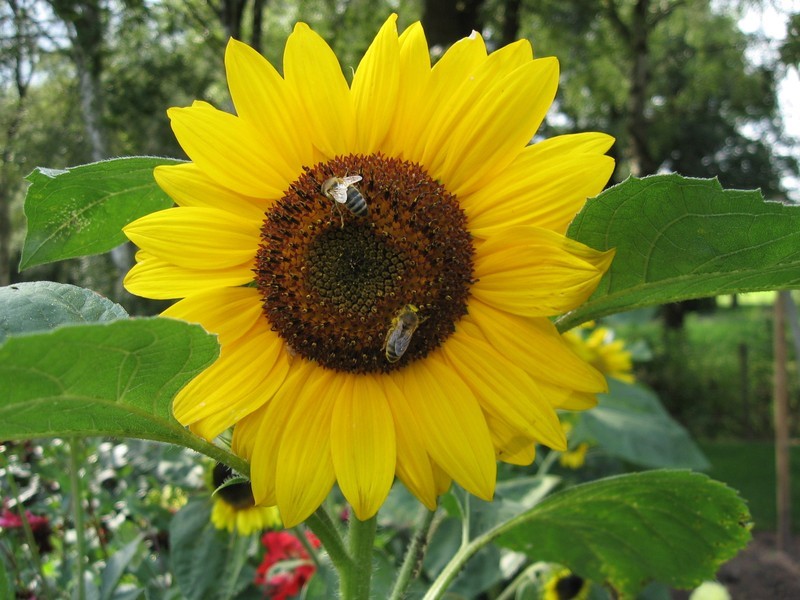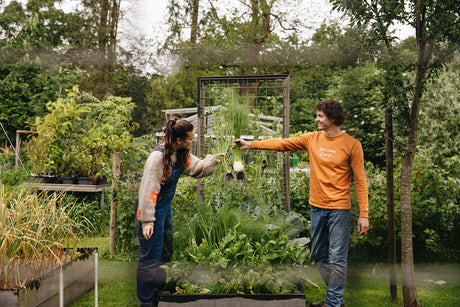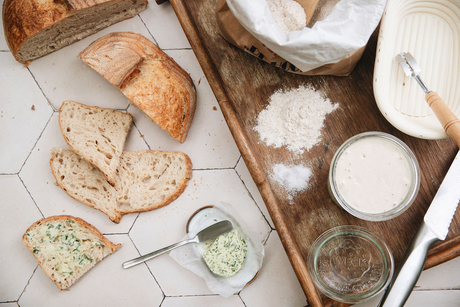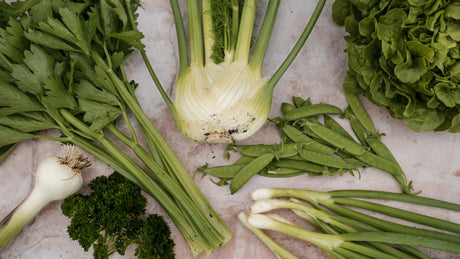Sowing sunflowers in your vegetable garden or flower garden
Introduction
Sowing sunflowers is very easy and ideal for growing with children. The scientific name (Helianthus annuus) is derived from the Greek words helios ("sun") and anthos ("flower"). They can grow up to two meters tall, bear impressive, long-lasting flowers, and look fantastic in gardens and vegetable plots. Although most sunflower varieties have yellow flowers, there are also rust-colored, green, and brown blooms. Some have single flowers, while others are double. Whatever color or shape, they're guaranteed to bring a smile to your face. They also make excellent cut flowers. A bouquet of flowers from your own garden is simply wonderful. Sow sunflowers in pots from April onwards and plant them out after the risk of frost has passed (after the Ice Saints ). Protect your young plants from snails. Prepare the soil well and add plenty of organic matter to the planting hole. Water your sunflowers well and feed them weekly to encourage them to grow large. With very large varieties, you may need to support them with a stake.
Which sunflower seeds to choose?

Sunflower seeds. We offer more than 10 varieties of sunflower seeds in our webshop. It's important to consider which sunflowers you want in your vegetable garden. Some sunflowers grow to 50 cm tall, while others can reach over 3 meters.







